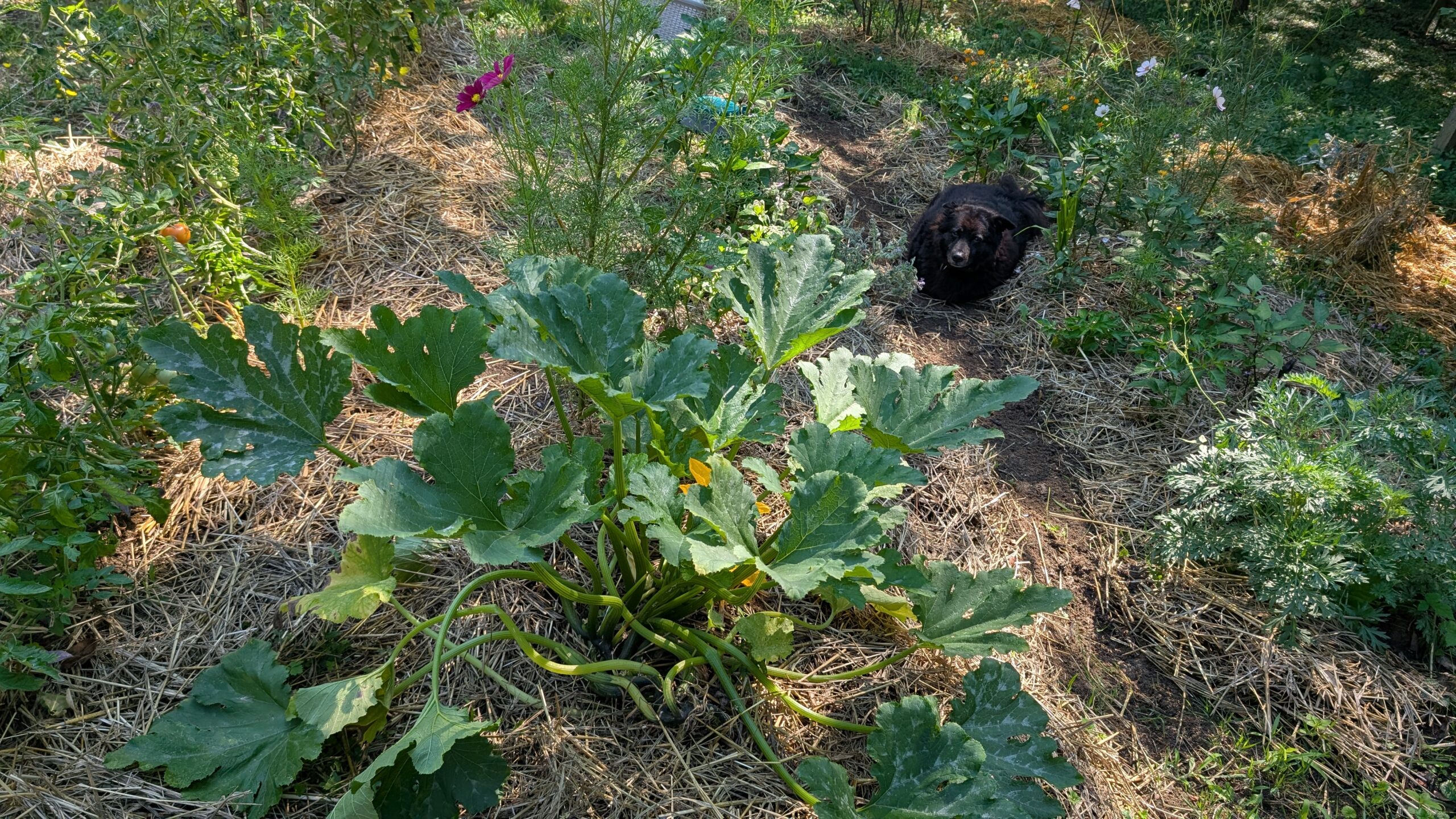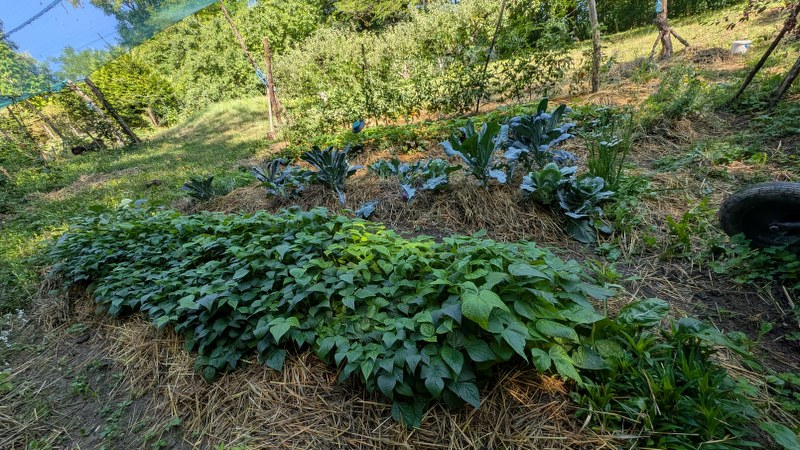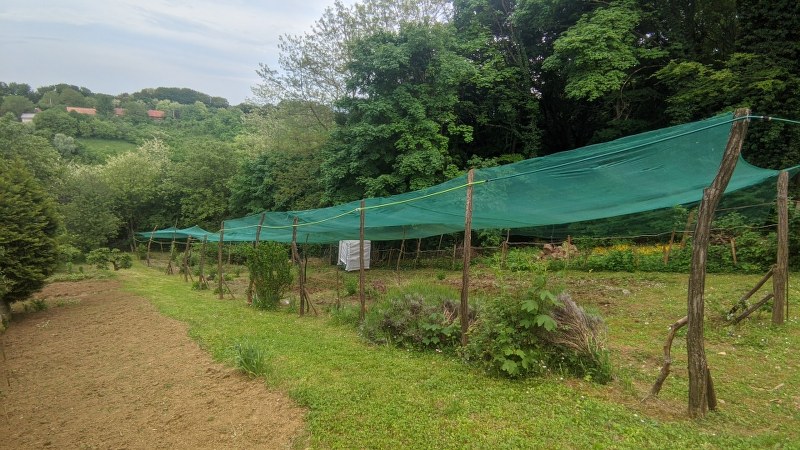
Hollyhock- a biannual plant from the family of Malvaceaes is a Eurasia native flower that has been a part of our grandmothers’ gardens for many years.This plant is native to the Mediterranean type of climate, but it has adapted really well to all sorts of climates and can grow in very hard conditions (zones 2-10) providing that its root is not in overly wet winter soil. Although in many countries it is believed that Alcea rosea is a perennial plant it is not so. Alcea rosea is a biannual plant, that in optimal conditions acts as a short-lived perennial and can last 3 or 4 years. Still, in 3rd year it’s always shorter and produces fewer seeds than the second year.

Alcea rosea is grown from seeds that are located on its high stem. They form a ring of dozens of small disks. Each disk can produce one plant. This is one of the reasons why it is believed that this plant is perennial. Its seed can germinate really fast and in the right conditions, it will continuously produce flowers so people won’t notice the absence of plant that is gone.

The germination of the seed depends on the temperature. If grown inside in pots plant can germinate in 7 days while if grown outside it can last even for 28 days.First-year Alcea grows only a small rosette of leaves. In the second year, this rosette starts growing a high stem that carries flowers. The stem can grow up to 10 feet(3m) and be packed with flowers that are single or double depending on the variety.

Flower color also depends on variety, it can variate from white to dark shades of red, some new varieties even have so dark flowers that they seem black. Flowering starts around June and lasts all the way till the end of August.


Alcea likes full sun with medium water but in well-drained soil. It can even survive very sunny and drought summers. My hollyhocks are grown in my front yard and with regular watering, it doesn’t mind temperatures over 35°C.Alcea is very easy to grow, but keeping it healthy can be very tricky. It has very low resistance to diseases so it can easily be infected with rust, leaf spot, anthracnose, and blights. Pests also love this plant so it is very often eaten by spider mites, Japanese beetle, slugs, and capsid bugs. Although the plant is very easily infected usually the only thing that is damaged are the leaves, flowers aren’t loved by pests.This plant is perfect for cottage gardens, gardens with multiple levels of flowers, and for growing them close to the house wall or tall fence since they can easily be broken by the strong winds.




Leave a Reply